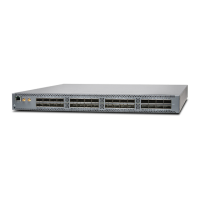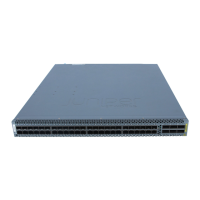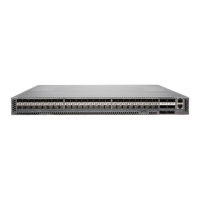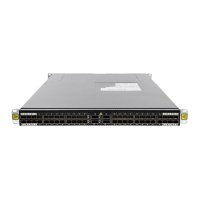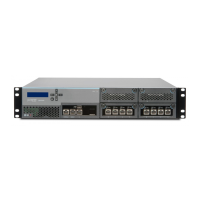Table 131: Alarm Terms and Definitions (continued)
DefinitionTerm
Seriousness of the alarm. The level of severity can be either major (red) or minor (yellow).
•
Major (red)—Indicates a critical situation on the device that has resulted from one of the following
conditions. A red alarm condition requires immediate action.
•
One or more hardware components have failed.
•
One or more hardware components have exceeded temperature thresholds.
•
An alarm condition configured on an interface has triggered a critical warning.
•
Minor (yellow or amber)—Indicates a noncritical condition on the device that, if left unchecked,
might cause an interruption in service or degradation in performance. A yellow alarm condition
requires monitoring or maintenance. For example, a missing rescue configuration generates a
yellow system alarm.
Alarm severity
levels
Alarms include the following types:
•
Chassis alarm—Predefined alarm triggered by a physical condition on the device such as a power
supply failure or excessive component temperature.
•
Interface alarm—Alarm you configure to alert you when an interface link is down. Applies to
ethernet, fibre-channel, and management-ethernet interfaces. You can configure a red (major)
or yellow (minor) alarm for the link-down condition, or have the condition ignored.
•
System alarm—Predefined alarm that might be triggered by a missing rescue configuration, failure
to install a license for a licensed software feature, or high disk usage.
Alarm types
Chassis Alarm Messages
Chassis alarms indicate a failure on the device or one of its components. Chassis alarms are preset and
cannot be modified.
Chassis alarms on QFX5100, QFX5110, QFX5210, and QFX5120 devices have two severity levels:
•
Major (red)—Indicates a critical situation on the device that has resulted from one of the conditions
described in Table 132 on page 625. A red alarm condition requires immediate action.
•
Minor (yellow)—Indicates a noncritical condition on the device that, if left unchecked, might cause an
interruption in service or degradation in performance. A yellow alarm condition requires monitoring or
maintenance.
Table 132 on page 625 describes the chassis alarm messages on QFX5100, QFX5110, QFX5200, QFX5210,
and QFX5120 devices.
624
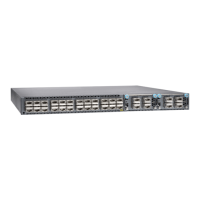
